CRI and R9 Value Demystified,Making the Right Lighting Decision
Eric2023-12-18T22:16:16+12:00A Key to Enhanced Visual Experience
In the world of lighting, the Color Rendering Index (CRI) and the R9 value play pivotal roles, especially in high-end commercial and display spaces. This blog explores these concepts, their importance in various settings, and how they add value to commercial clients.
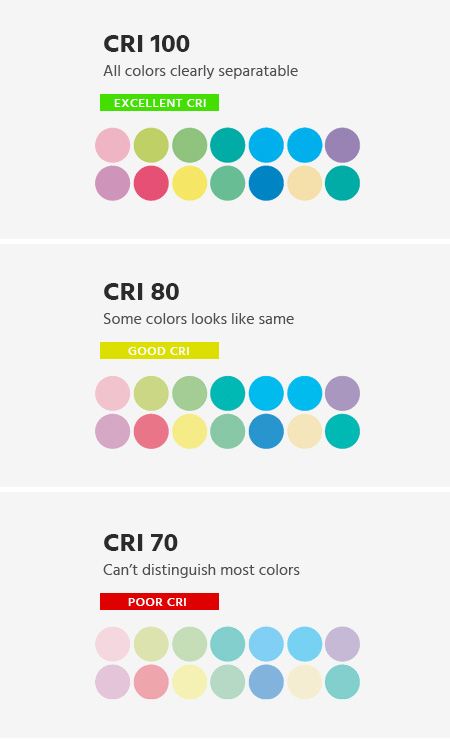
What is CRI?
Color Rendering Index (CRI) is a critical concept in lighting, particularly when discussing the quality and effectiveness of light sources. At its core, CRI is a measure of a light source’s ability to reveal the colors of various objects faithfully in comparison to a natural light source, typically the sun. Here’s a breakdown to make it more understandable:
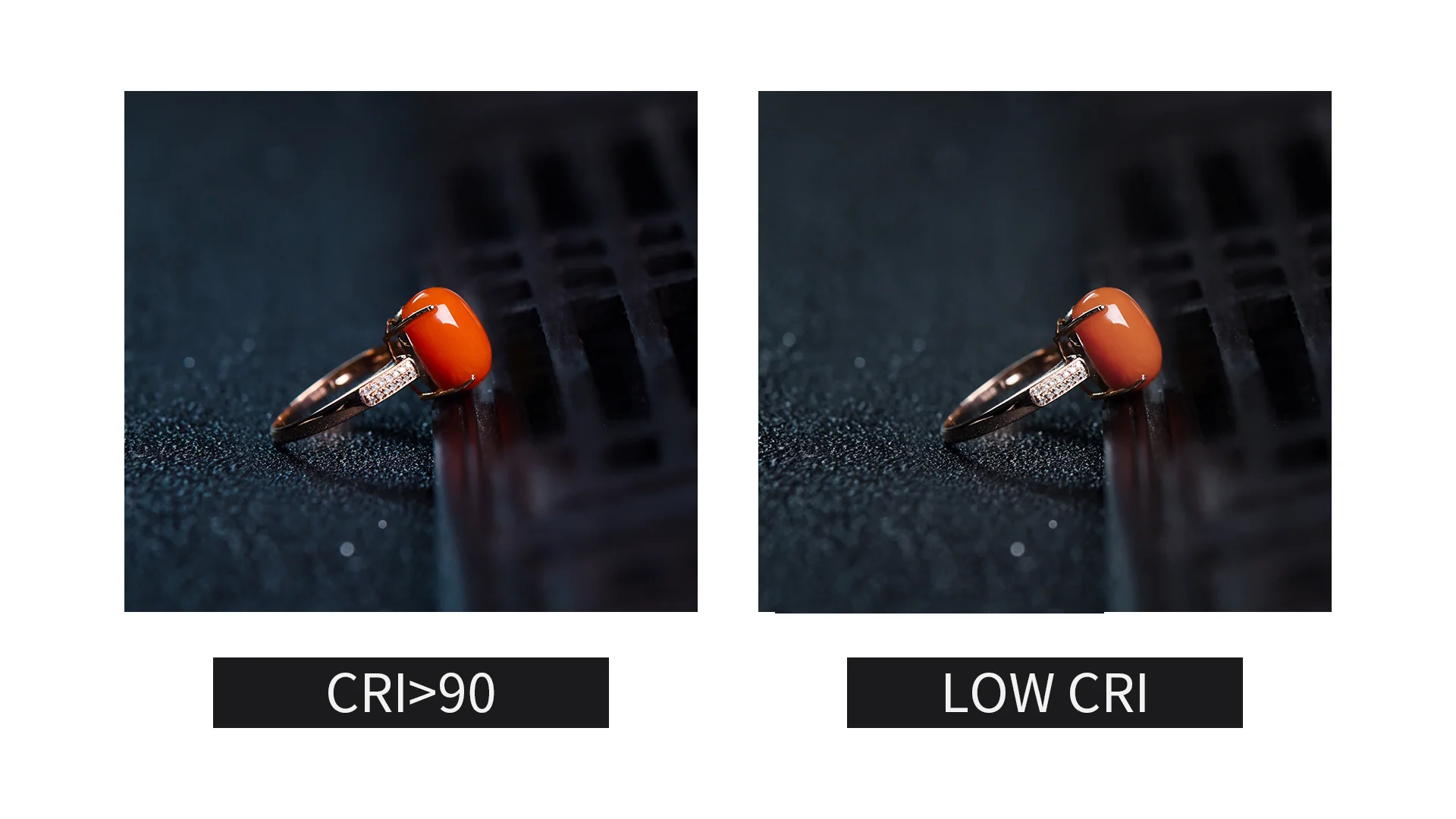
Scale of Measurement: CRI is measured on a scale from 0 to 100. The higher the CRI value, the better the artificial light source is at color rendering. A CRI of 100 is equivalent to natural sunlight, which is considered the ideal standard for color rendering.
Importance in Everyday Contexts: Imagine trying on a shirt in a store under a light with a low CRI; the color of the shirt may appear different than it would in natural daylight. In contrast, a high CRI light source would display the shirt’s color more accurately, as it would look outside the store.
Applications in Detail: In environments where color differentiation is crucial, like art studios, photography, medical facilities, and retail stores, high CRI lighting is essential. It ensures that the colors are represented accurately, which is important for critical decision-making based on color.
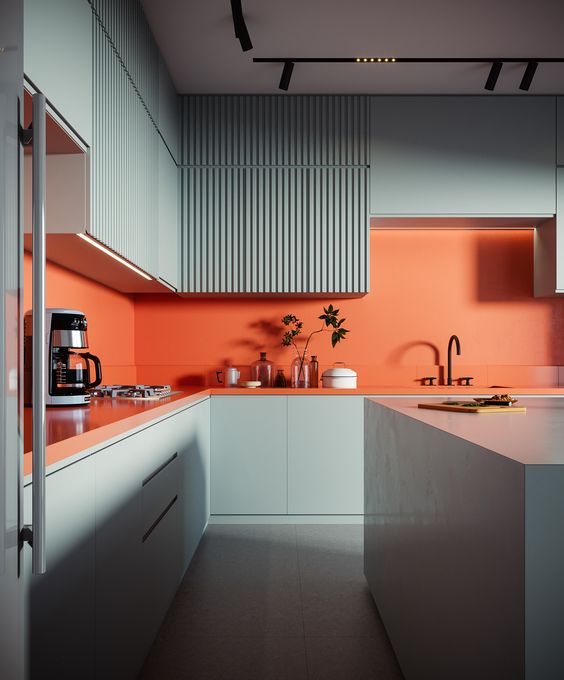
The Significance of R9 Value
The R9 value, often less talked about but equally important, is a specific component of the CRI spectrum. It specifically refers to the ability of a light source to render red colors accurately. Here’s a deeper dive:
- Understanding R9: While CRI is a composite score that includes the rendering of eight different colors (R1-R8), the R9 value, which represents the rendering of a saturated red, is not included in the standard CRI calculation. This omission is significant because red is a vital color for many applications.
- R9 in Practical Terms: The accurate rendering of red is crucial in settings such as medical lighting, where skin tones need to be accurately represented for diagnosis and treatment. High R9 values are also important in retail, particularly in fashion and food industries, where the appeal of products can be greatly enhanced by accurate color representation.
- Professional Recommendation: Experts in lighting design often recommend paying attention to the R9 value, especially in spaces where the accurate color perception of red tones is critical. Even if a light source has a high overall CRI, a low R9 value could lead to unsatisfactory color rendering of red-hued objects.
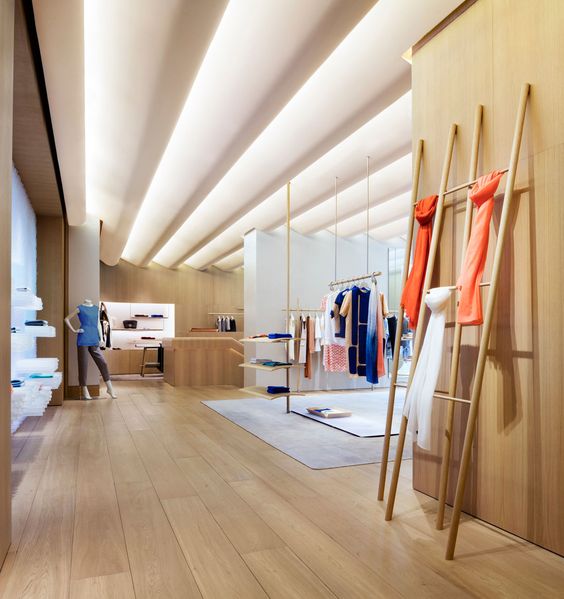
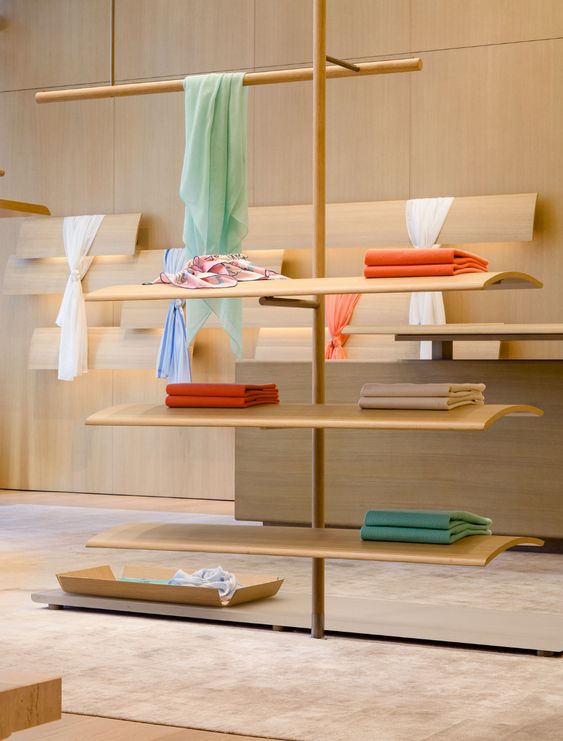
Where is High CRI Most Required?
High Color Rendering Index (CRI) is particularly crucial in several settings where color accuracy is not just desirable, but often necessary. These include:
- Artistic Applications: Artists, whether working in paint, digital mediums, or any other format, need to see their colors precisely as they will appear in typical viewing conditions. Museums and galleries also require high CRI lighting to ensure that the artworks are viewed in their true colors.
- Culinary Presentation: Chefs and restaurateurs understand that the appearance of food is as important as its taste. High CRI lighting in restaurants and food display cases ensures that meals look as appetizing as possible.
- Healthcare and Cosmetology: Accurate skin tone representation is vital in healthcare for diagnoses and in cosmetology for makeup and hair treatments. High CRI lighting helps in these sectors by providing a true-to-life representation of skin tones and colors.
- Retail Sector: High CRI lighting in retail settings, especially in jewelry and clothing stores, helps customers see products in their true colors, enhancing customer satisfaction and confidence in their purchases.
- Interior Design: For interior designers and homeowners, lighting with a high CRI is essential to ensure that the colors in a room—from paint to fabrics—appear as intended under various lighting conditions.
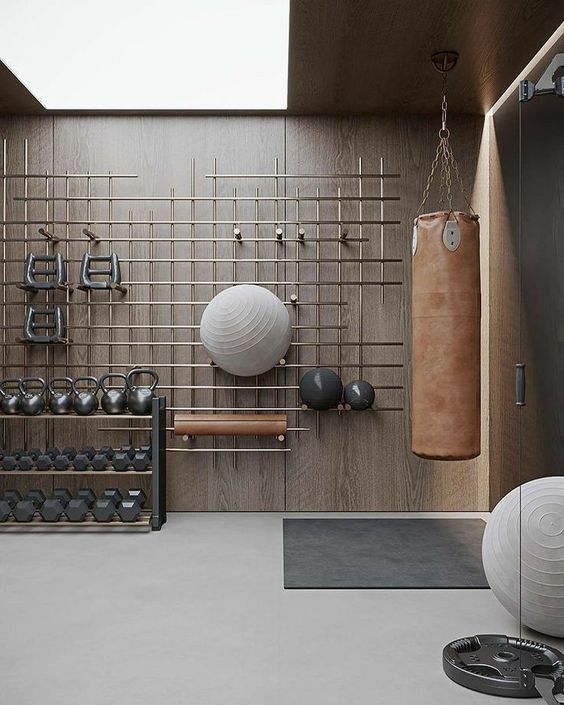
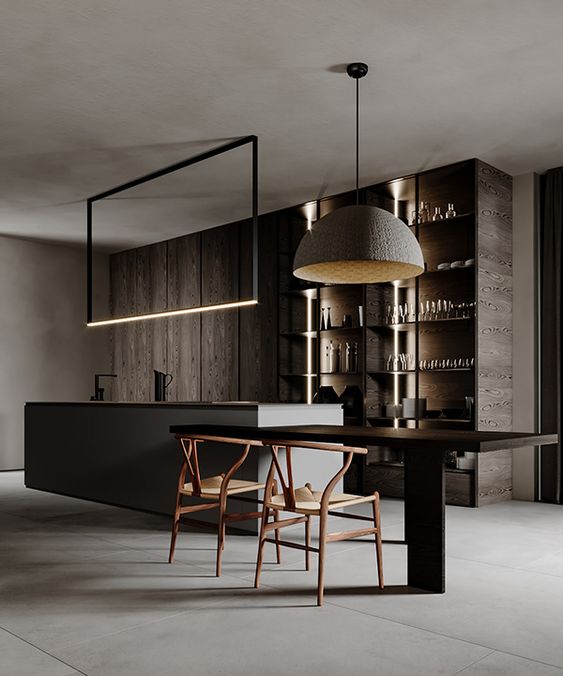
Expanding on The Business Value of High CRI and R9 for Commercial Clients
The use of high CRI and R9 lighting in commercial settings, particularly in the retail, luxury goods, and restaurant industries, provides significant value-addition and enhances the overall consumer experience. Here are some specific ways in which these lighting solutions contribute to business value:
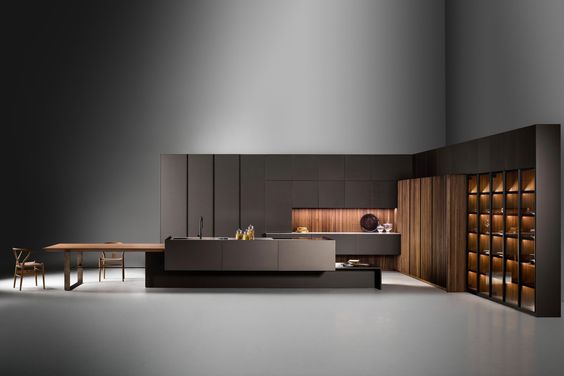
Elevating Product Appeal in Retail and Luxury Goods:
- Perceived Quality: High CRI and R9 lighting can dramatically improve how products are perceived by customers. In the retail and luxury sectors, where visual appeal is paramount, this type of lighting can make products look more vibrant, rich in color, and of higher quality.
- Brand Image: For luxury brands, the right lighting is an extension of the brand’s image. It reflects attention to detail and commitment to quality, essential attributes for high-end consumers.
- Customer Experience: In physical stores, how a product looks can significantly influence a customer’s decision to purchase. High CRI and R9 lighting ensures that the products are seen in the best light, literally, enhancing the shopping experience and potentially increasing sales.
Elevating Ambiance and Dining Experience in Restaurants:
- Food Presentation: The way food looks is almost as important as how it tastes. High CRI lighting in restaurants can make dishes look more appetizing, directly impacting a diner’s enjoyment and overall impression of the establishment.
- Atmosphere Creation: Restaurants are not just about food; they’re about creating an experience. The right lighting can set the mood, whether it’s a romantic dinner, a business lunch, or a casual dining experience.
Added Value through Sensory Marketing:
- Enhanced Sensory Experience: High-quality lighting can create an environment that appeals to the senses, forming a complete and immersive shopping or dining experience.
- Subconscious Influence: The subconscious impact of seeing products in their true color can lead to a higher perceived value and willingness to pay more for perceived quality.
Competitive Edge:
- Differentiation: In a crowded market, businesses that employ high CRI and R9 lighting can distinguish themselves from competitors, offering a superior visual and sensory experience.
- Innovative Brand Perception: Using advanced lighting technology can position a company as innovative and forward-thinking, appealing to a segment of consumers who value cutting-edge experiences.
Long-Term Brand Loyalty and Customer Trust:
- Consistency in Quality: Consistent visual presentation builds trust with customers. They know what to expect and are more likely to become repeat customers.
- Word of Mouth and Social Proof: Satisfied customers are more likely to share their positive experiences, both in person and on social media, further enhancing the brand’s reputation and reach.
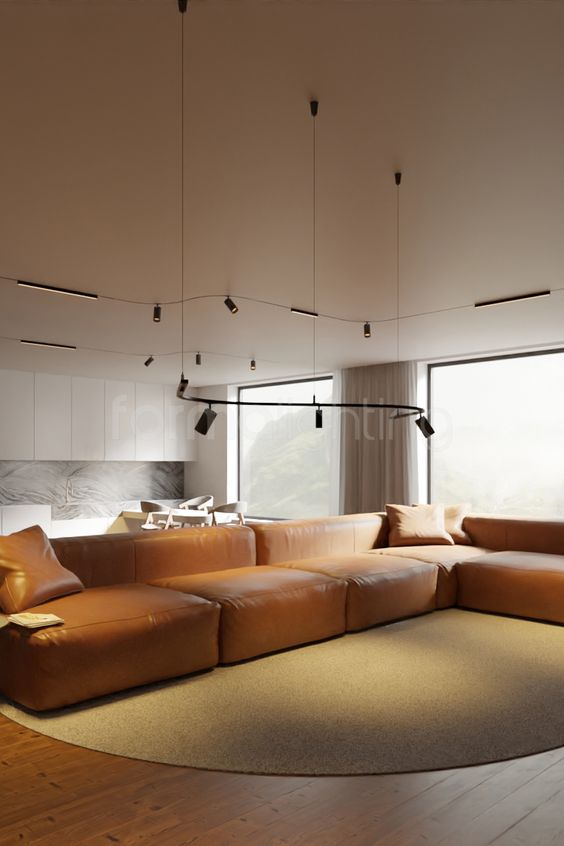
Incorporating high CRI and R9 lighting solutions is not just a matter of improved visual presentation; it’s a strategic business decision. It can enhance product appeal, create memorable customer experiences, and contribute to building a strong, trustworthy brand image, especially in sectors where visual perception directly influences consumer decisions.